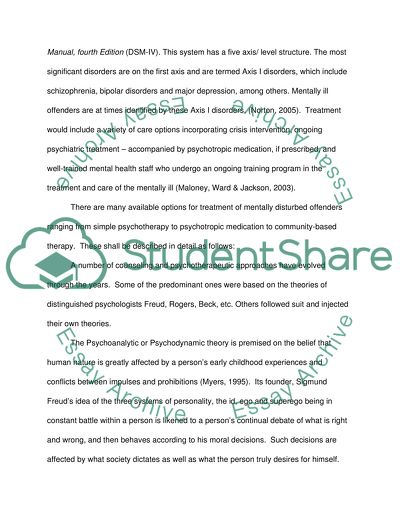Cite this document
(“CORRECTIONAL PSYCHOLOGY Research Paper Example | Topics and Well Written Essays - 2500 words”, n.d.)
CORRECTIONAL PSYCHOLOGY Research Paper Example | Topics and Well Written Essays - 2500 words. Retrieved from https://studentshare.org/miscellaneous/1571240-correctional-psychology
CORRECTIONAL PSYCHOLOGY Research Paper Example | Topics and Well Written Essays - 2500 words. Retrieved from https://studentshare.org/miscellaneous/1571240-correctional-psychology
(CORRECTIONAL PSYCHOLOGY Research Paper Example | Topics and Well Written Essays - 2500 Words)
CORRECTIONAL PSYCHOLOGY Research Paper Example | Topics and Well Written Essays - 2500 Words. https://studentshare.org/miscellaneous/1571240-correctional-psychology.
CORRECTIONAL PSYCHOLOGY Research Paper Example | Topics and Well Written Essays - 2500 Words. https://studentshare.org/miscellaneous/1571240-correctional-psychology.
“CORRECTIONAL PSYCHOLOGY Research Paper Example | Topics and Well Written Essays - 2500 Words”, n.d. https://studentshare.org/miscellaneous/1571240-correctional-psychology.


